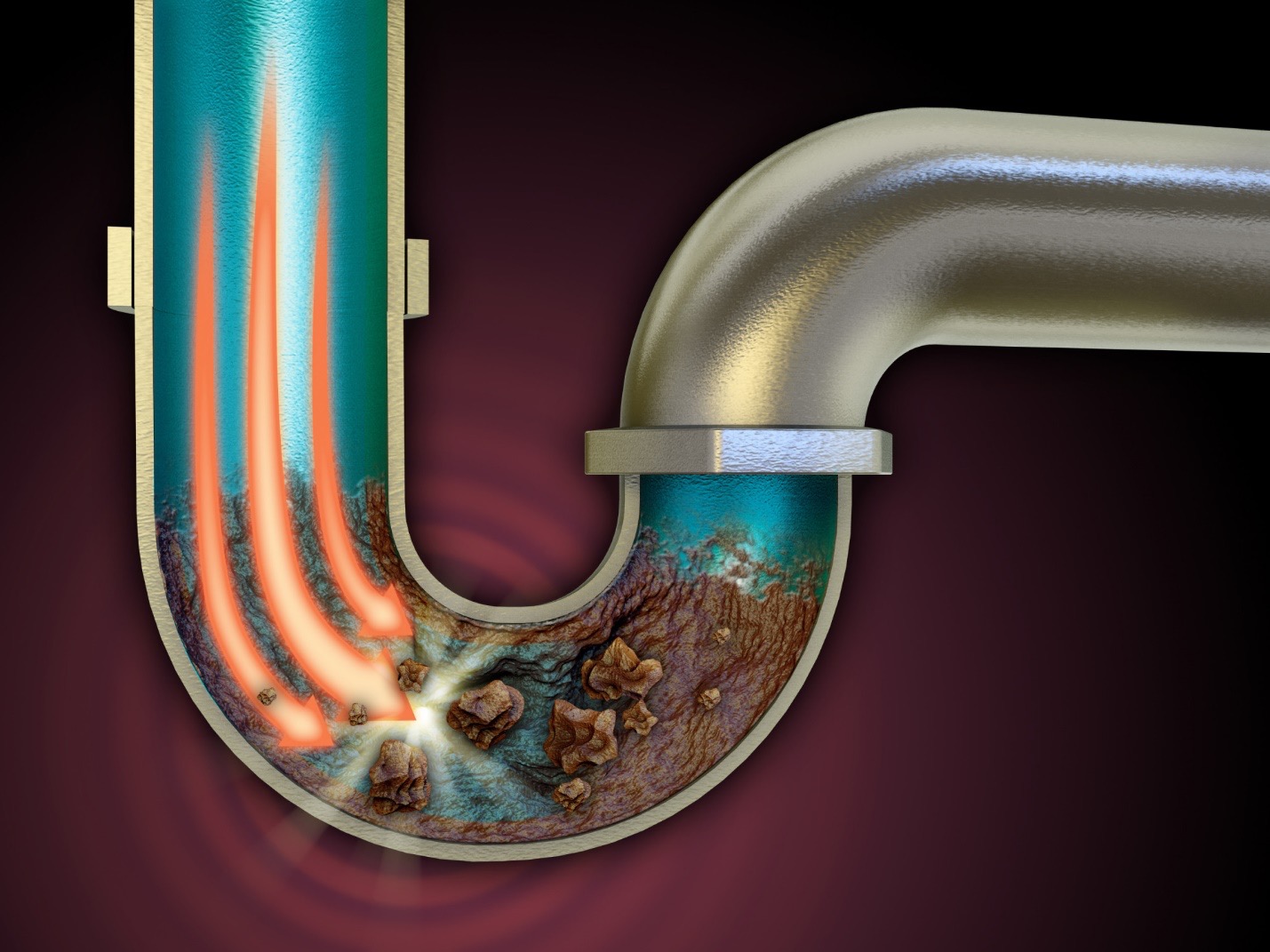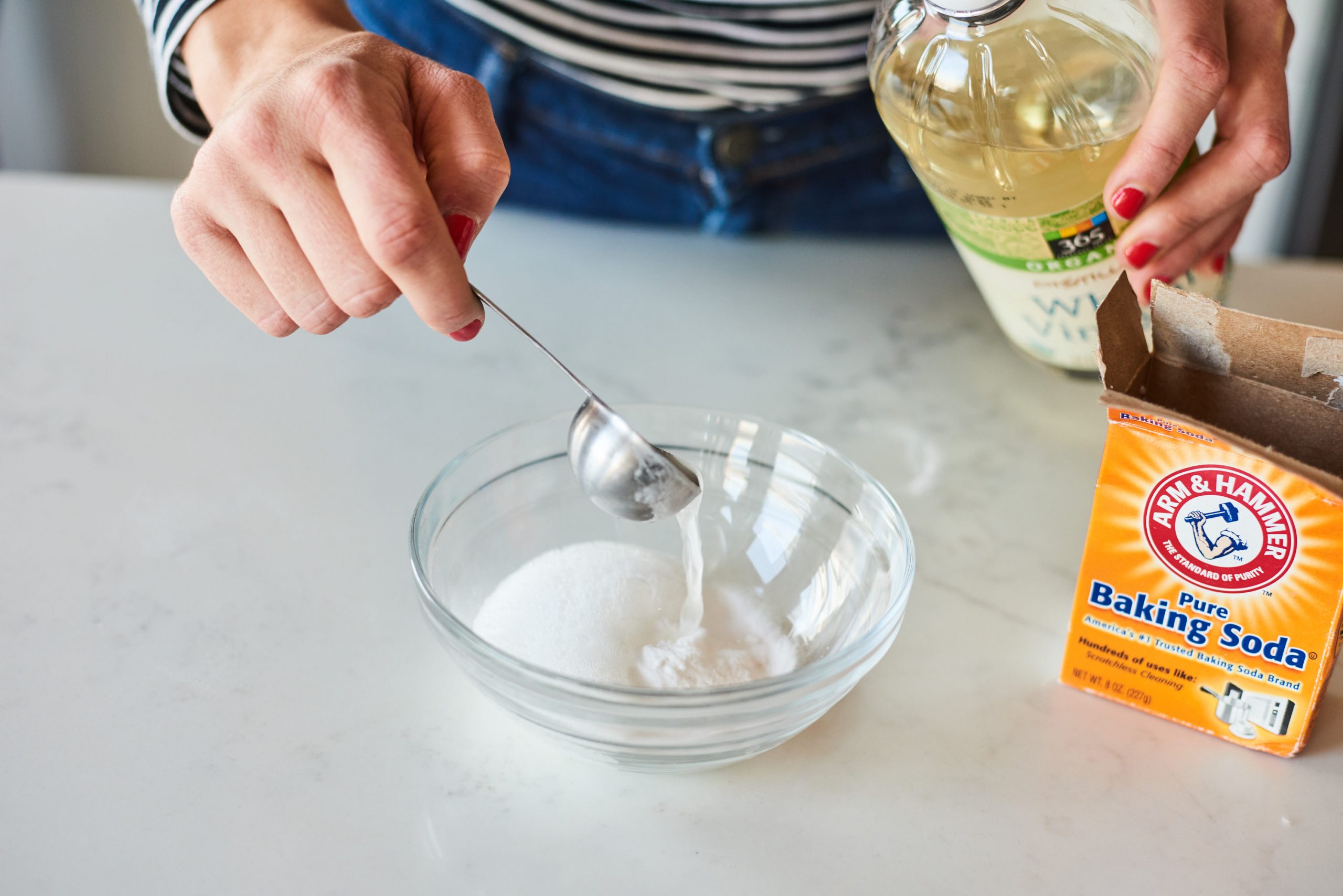Want to save with Paschal? Don’t miss our current offers and specials

Want to save with Paschal? Don’t miss our current offers and specials
Return to Paschal Resource & Education Hub

A clogged bathroom sink isn’t just annoying — it can throw off your whole routine. Standing water, slow drains, and unpleasant odors are all signs of a blockage.
Most bathroom sink clogs happen when hair, soap scum, toothpaste residue, and grooming products collect inside the drainpipe. Over time, this buildup hardens and traps more debris, eventually creating a stubborn clog. Sometimes the blockage is right near the surface, but it can also be deep inside the plumbing system — even in the P-trap under the sink.
The good news? Many clogs can be cleared at home with basic tools and supplies you probably already have. Below are 8 detailed, step-by-step DIY methods to try before calling a plumber.
Knowing what’s clogging your sink helps you choose the right method to clear it. The most common culprits include:
Soap Scum – Builds up over time, especially with hard water.
Hair – Traps debris and binds with soap scum.
Hygiene & Grooming Products – Toothpaste, lotion, shaving cream.
Damaged Pipes or P-Trap – Old or cracked pipes can catch debris.
Main Line Clog – A bigger plumbing issue beyond your sink.
Oil or Grease – Sometimes from cleaning oily items in the bathroom or kitchen.
Note: Always start with the gentlest method first to avoid damaging your pipes.
Enzymatic drain cleaners use natural bacteria and enzymes to break down organic clogs like hair, soap scum, and food waste. They are a safer alternative to chemical cleaners because they won’t damage pipes or release harmful fumes. This method works best for mild or slow clogs that build up over time.
What You’ll Need:
Enzymatic drain cleaner (check that it’s safe for bathroom sinks)
Measuring cup (if required by product)
Warm water (optional, based on product instructions)
Rubber gloves
Steps:
Read the product label to understand the specific directions for your cleaner.
Put on rubber gloves to protect your hands.
Measure the amount recommended on the label.
Pour the cleaner directly into the drain.
Let it sit for the amount of time listed, often overnight for best results.
Rinse with warm water to flush away debris.

Baking soda and vinegar create a fizzing reaction that helps loosen soap scum, grease, and minor hair clogs. This is a low-cost, chemical-free solution that works best for light clogs or as preventative maintenance.
What You’ll Need:
1/3 cup baking soda
1/3 cup vinegar
Measuring cup
Hot water
Steps:
Remove any standing water from the sink to expose the drain opening.
Measure and pour 1/3 cup of baking soda into the drain.
Immediately pour 1/3 cup of vinegar down after the baking soda.
Allow the mixture to fizz and sit for at least one hour.
Flush the drain with hot water to wash away loosened debris.

A sink plunger uses suction and pressure to dislodge clogs caused by hair, soap, or small debris. Unlike toilet plungers, sink plungers have a flat bottom for better sealing on sink drains.
What You’ll Need:
Sink plunger (flat-bottom type)
Rubber gloves
Bucket or towels (for cleanup)
Steps:
Remove any sink stopper to allow better access to the drain.
Place the plunger over the drain to form a tight seal.
Push down and pull up quickly several times to create suction.
Lift the plunger to check if the water drains.
Repeat if necessary, then clean up any debris that may have surfaced.

Boiling water helps dissolve and flush away soap scum and grease buildup. It is safe for metal pipes but may damage PVC or plastic pipes if used repeatedly.
What You’ll Need:
Large pot
Stove or kettle
Steps:
Heat a large pot of water until it reaches a rolling boil.
Carefully pour the water directly into the drain in slow, steady stages.
Wait a few seconds between each pour to allow the heat to work.
Repeat the process two to three times if needed.
A drain snake, or plumber’s auger, is a coiled metal cable designed to break up or pull out clogs deep inside pipes. This method works well for hair clogs and compacted debris.
What You’ll Need:
Drain snake
Bucket (for debris)
Rubber gloves
Steps:
Remove the sink stopper to access the drain.
Insert the snake into the drain and turn the handle to feed it through the pipe.
When you feel resistance, rotate the snake to break up or hook the clog.
Pull the snake out slowly, bringing the clog with it if possible.
Dispose of debris into a bucket and rinse the drain with water.

While the mechanical action of drain snakes is undeniably effective, it’s important to note their limitations as well as precautions when using them.
Firstly, remember that drain snakes are not suitable for all types of clogs. Very hard obstructions or clogs located deep in the main sewer line might not be effectively dealt with by a standard drain snake.
Secondly, you should be careful while using drain snakes on delicate fixtures, as the force and movement can potentially cause damage. This is especially true for older pipes or those made of fragile materials.
Lastly, the use of a drain snake can be physically demanding. The process of turning the crank and applying force to move the snake through a clog requires some strength and stamina. Therefore, it’s always recommended to use it with care and take breaks when needed.
Remember, if a clog is proving too stubborn for a drain snake, or if you’re unsure about using one, it’s best to call a professional. At Paschal Air, Plumbing & Electric, we have trained professionals who can handle even the most stubborn of clogs. Don’t hesitate to reach out to us for assistance. We’re here to ensure that your home plumbing system stays clear and functional.
A wet/dry vacuum (ShopVac) can create strong suction to pull out clogs close to the drain opening. This is most effective for shallow clogs and when water is not draining at all.
What You’ll Need:
Wet/dry vacuum
Rubber gloves
Old plunger head or cloth (to create a seal)
Steps:
Set the vacuum to liquid mode following the manufacturer’s instructions.
Position the hose directly over the drain opening.
Create a tight seal using an old plunger head or damp cloth.
Turn the vacuum on to its highest setting for several seconds.
Turn off the vacuum, remove the hose, and check if the drain is clear.
The P-trap is the curved pipe under the sink that catches debris and prevents sewer gases from entering your home. Hair, soap, and other debris often get trapped here.
What You’ll Need:
Adjustable wrench
Bucket
Rubber gloves
Steps:
Place a bucket under the P-trap to catch water.
Use the wrench to loosen the slip nuts on both ends of the trap.
Remove the trap and empty debris into the bucket.
Rinse the trap with water before reinstalling it.
Tighten the slip nuts securely and run water to test for leaks

If none of these methods clear the clog, the issue may be deeper in your plumbing system. Professional plumbers have advanced tools like hydro jetters and motorized augers to remove stubborn blockages.
Paschal Air, Plumbing & Electric offers expert drain cleaning services to quickly and safely restore flow to your sink. Schedule your service here.
1. How do I know if my bathroom sink clog is serious?
If multiple drains are slow or clogged at once, it could be a main line issue — call a plumber.
2. Can I use chemical drain cleaners?
They can work, but frequent use can damage pipes. Enzymatic cleaners are safer.
3. Why does my sink keep clogging?
Hair, soap scum, and hygiene products are the most common causes. Regular maintenance can prevent buildup.
Need help now?
Contact Paschal Air, Plumbing & Electric to schedule service and get your sink draining like new.